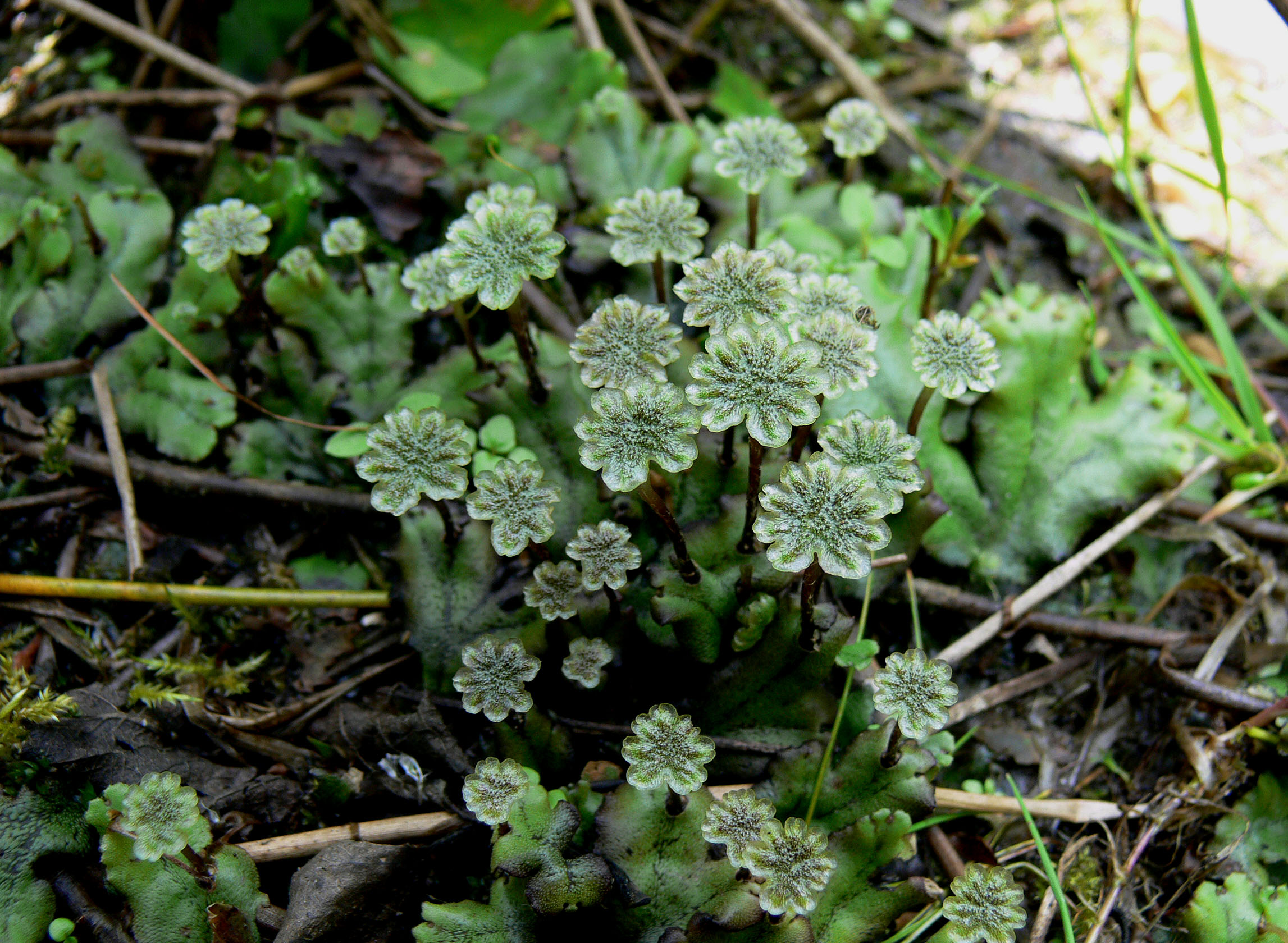|
Sanguinotrema
''Sanguinotrema'' is a single-species fungal genus in the family Graphidaceae, and subfamily Graphidoideae. It contains the species ''Sanguinotrema wightii'', a mostly corticolous (bark-dwelling), crustose lichen. This species has a pantropical distribution. Description Genus ''Sanguinotrema'' was circumscribed by lichenologist Robert Lücking in 2015. It is characterized by a fragile, hollow thallus with a black , columnar clusters of calcium oxalate crystals, a loose , and pockets of blood-red crystal clusters in the and medulla. ''Sanguinotrema wightii'' also features pore-like (myriotremoid) apothecia with entire margins; ''Leptotrema''-type asci; small, , brown ; and a lack of secondary substances. Taxonomy ''Sanguinotrema wightii'' was first formally described by Thomas Taylor in 1847 as ''Endocarpon wightii''. The type specimen was collected by Scottich surgeon and taxonomist Robert Wight in Madras (now Chennai), India, and it is him for whom the species is named. Th ... [...More Info...] [...Related Items...] OR: [Wikipedia] [Google] [Baidu] |
Graphidaceae
The Graphidaceae are a family of lichens in the order Ostropales. Distribution and ecology The vast majority of Graphidaceae species are restricted to the tropics. Most Graphidaceae species are epiphytic (i.e. they grow only on plants). Genera A recent (2020) estimates places 31 genera and about 990 species in Graphidaceae. The following list indicates the genus name, the taxonomic authority, year of publication, and the number of species: *''Acanthothecis'' – 5 spp. *''Acanthotrema'' – 1 sp. *''Aggregatorygma'' – 1 sp. *''Allographa'' – 183 spp. *''Amazonotrema'' – 1 sp. *'' Ampliotrema'' – 1 sp. *'' Anomalographis'' – 2 spp. *''Anomomorpha'' – 8 spp. *''Astrochapsa'' – 29 spp. *'' Austrotrema'' – 3 spp. *'' Borinquenotrema'' – 1 sp. *'' Byssotrema'' – 1 sp. *''Carbacanthographis'' – 22 spp. *''Chapsa'' – 51 spp. *''Chroodiscus'' – 17 spp. *'' Clandestinotrema'' – 17 spp. *'' Compositrema'' – 4 spp. *'' Corticorygma'' – 1 ... [...More Info...] [...Related Items...] OR: [Wikipedia] [Google] [Baidu] |
Robert Lücking
Robert Lücking (born 1964) is a German lichenologist. He is a leading expert on foliicolous lichens–lichens that live on leaves. Life and career Born in Ulm in 1964, Lücking earned both his master's (1990) and PhD degree (1994) at the University of Ulm. Both degrees concerned the taxonomy, ecology, and biodiversity of foliicolous lichens. His graduate supervisor was mycologist and bryologist Sieghard Winkler, who had previously studied epiphyllous (upper leaf-dwelling) fungi in El Salvador and Colombia. In 1996 Lücking was awarded the Mason E. Hale award for an "outstanding doctoral thesis presented by a candidate on a lichenological theme". His thesis was titled ''Foliikole Flechten und ihre Mikrohabitatpraferenzen in einem tropischen Regenwald in Costa Rica'' ("Foliicolous lichens and their microhabitat preferences in a tropical rainforest in Costa Rica"). In this work, Lücking recorded 177 foliicolous lichen species from the shrub layer in a Costa Rican tropical forest. L ... [...More Info...] [...Related Items...] OR: [Wikipedia] [Google] [Baidu] |
Ascus
An ascus (; ) is the sexual spore-bearing cell produced in ascomycete fungi. Each ascus usually contains eight ascospores (or octad), produced by meiosis followed, in most species, by a mitotic cell division. However, asci in some genera or species can occur in numbers of one (e.g. '' Monosporascus cannonballus''), two, four, or multiples of four. In a few cases, the ascospores can bud off conidia that may fill the asci (e.g. '' Tympanis'') with hundreds of conidia, or the ascospores may fragment, e.g. some '' Cordyceps'', also filling the asci with smaller cells. Ascospores are nonmotile, usually single celled, but not infrequently may be coenocytic (lacking a septum), and in some cases coenocytic in multiple planes. Mitotic divisions within the developing spores populate each resulting cell in septate ascospores with nuclei. The term ocular chamber, or oculus, refers to the epiplasm (the portion of cytoplasm not used in ascospore formation) that is surrounded by the "bou ... [...More Info...] [...Related Items...] OR: [Wikipedia] [Google] [Baidu] |
Lichen Genera
A lichen ( , ) is a composite organism that arises from algae or cyanobacteria living among filaments of multiple fungi species in a mutualistic relationship.Introduction to Lichens – An Alliance between Kingdoms . University of California Museum of Paleontology. Lichens have properties different from those of their component organisms. They come in many colors, sizes, and forms and are sometimes plant-like, but are not plants. They may have tiny, leafless branches ( fruticose); flat leaf-like structures ( foliose); grow crust ... [...More Info...] [...Related Items...] OR: [Wikipedia] [Google] [Baidu] |
Species Fungorum
''Index Fungorum'' is an international project to index all formal names ( scientific names) in the fungus kingdom. the project is based at the Royal Botanic Gardens, Kew, one of three partners along with Landcare Research and the Institute of Microbiology, Chinese Academy of Sciences. It is somewhat comparable to the International Plant Names Index (IPNI), in which the Royal Botanic Gardens is also involved. A difference is that where IPNI does not indicate correct names, the ''Index Fungorum'' does indicate the status of a name. In the returns from the search page a currently correct name is indicated in green, while others are in blue (a few, aberrant usages of names are indicated in red). All names are linked to pages giving the correct name, with lists of synonyms. ''Index Fungorum'' is one of three nomenclatural repositories recognized by the Nomenclature Committee for Fungi; the others are ''MycoBank'' and '' Fungal Names''. Current names in ''Index Fungorum'' (''Sp ... [...More Info...] [...Related Items...] OR: [Wikipedia] [Google] [Baidu] |
Lowland
Upland and lowland are conditional descriptions of a plain based on elevation above sea level. In studies of the ecology of freshwater rivers, habitats are classified as upland or lowland. Definitions Upland and lowland are portions of plain that are conditionally categorized by their elevation above the sea level. Lowlands are usually no higher than , while uplands are somewhere around to . On unusual occasions, certain lowlands such as the Caspian Depression lie below sea level. Upland habitats are cold, clear and rocky whose rivers are fast-flowing in mountainous areas; lowland habitats are warm with slow-flowing rivers found in relatively flat lowland areas, with water that is frequently colored by sediment and organic matter. These classifications overlap with the geological definitions of "upland" and "lowland". In geology an "upland" is generally considered to be land that is at a higher elevation than the alluvial plain or stream terrace, which are considered to ... [...More Info...] [...Related Items...] OR: [Wikipedia] [Google] [Baidu] |
Bryophyte
The Bryophyta s.l. are a proposed taxonomic division containing three groups of non-vascular land plants ( embryophytes): the liverworts, hornworts and mosses. Bryophyta s.s. consists of the mosses only. They are characteristically limited in size and prefer moist habitats although they can survive in drier environments. The bryophytes consist of about 20,000 plant species. Bryophytes produce enclosed reproductive structures (gametangia and sporangia), but they do not produce flowers or seeds. They reproduce sexually by spores and asexually by fragmentation or the production of gemmae. Though bryophytes were considered a paraphyletic group in recent years, almost all of the most recent phylogenetic evidence supports the monophyly of this group, as originally classified by Wilhelm Schimper in 1879. The term ''bryophyte'' comes . Terminology The term "Bryophyta" was first suggested by Braun in 1864. G.M. Smith placed this group between Algae and Pteridophyta. Features ... [...More Info...] [...Related Items...] OR: [Wikipedia] [Google] [Baidu] |
Reimnitzia
''Reimnitzia'' is a genus of lichenized fungi in the family Thelotremataceae. This is a monotypic genus, containing the single species ''Reimnitzia santensis''. The genus name of ''Reimnitzia'' is in honour of Christine Reimnitz (b.1956), the German-Australian wife of Michael Reimnitz (b.1943) a German-Australian, both were long-time friends of the author, Kalb. The genus was circumscribed by Klaus Kalb Klaus Kalb (born 1942) is a German lichenologist and an authority on tropical lichens. Biography Klaus Kalb was born in Nuremberg in 1942 and grew up in southern Bavaria. From 1960 to 1965 he studied biology, chemistry, and geography at ... in Mycotaxon vol.79 on page 325 in 2001. References Ostropales Lichen genera Ostropales genera Taxa named by Klaus Kalb Taxa described in 2001 {{Ostropales-stub ... [...More Info...] [...Related Items...] OR: [Wikipedia] [Google] [Baidu] |
Tribe (biology)
In biology, a tribe is a taxonomic rank above genus, but below family (biology), family and subfamily. It is sometimes subdivided into subtribes. By convention, all taxonomic ranks from genus upwards are capitalized, including both tribe and subtribe. In zoology, the standard ending for the name of a zoological tribe is "-ini". Examples include the tribes Goat-antelope#Tribe Caprini, Caprini (goat-antelopes), Hominini (hominins), Bombini (bumblebees), and Thunnini (tunas). The tribe Hominini is divided into subtribes by some scientists; subtribe Hominina then comprises "humans". The standard ending for the name of a zoological subtribe is "-ina". In botany, the standard ending for the name of a botanical tribe is "-eae". Examples include the tribes Acalypheae and Scilloideae#Hyacintheae, Hyacintheae. The tribe Hyacintheae is divided into subtribes, including the subtribe Massoniinae. The standard ending for the name of a botanical subtribe is "-inae". In bacteriology, the form ... [...More Info...] [...Related Items...] OR: [Wikipedia] [Google] [Baidu] |
Chennai
Chennai (, ), formerly known as Madras ( the official name until 1996), is the capital city of Tamil Nadu, the southernmost Indian state. The largest city of the state in area and population, Chennai is located on the Coromandel Coast of the Bay of Bengal. According to the 2011 Indian census, Chennai is the sixth-most populous city in the country and forms the fourth-most populous urban agglomeration. The Greater Chennai Corporation is the civic body responsible for the city; it is the oldest city corporation of India, established in 1688—the second oldest in the world after London. The city of Chennai is coterminous with Chennai district, which together with the adjoining suburbs constitutes the Chennai Metropolitan Area, the 36th-largest urban area in the world by population and one of the largest metropolitan economies of India. The traditional and de facto gateway of South India, Chennai is among the most-visited Indian cities by foreign tourists. It was rank ... [...More Info...] [...Related Items...] OR: [Wikipedia] [Google] [Baidu] |
Robert Wight
Robert Wight MD FRS FLS (6 July 1796 – 26 May 1872) was a Scottish surgeon in the East India Company, whose professional career was spent entirely in southern India, where his greatest achievements were in botany – as an economic botanist and leading taxonomist in south India. He contributed to the introduction of American cotton. As a taxonomist he described 110 new genera and 1267 new species of flowering plants. He employed Indian botanical artists to illustrate many plants collected by himself and Indian collectors he trained. Some of these illustrations were published by William Hooker in Britain, but from 1838 he published a series of illustrated works in Madras including the uncoloured, six-volume ''Icones Plantarum Indiae Orientalis'' (1838–53) and two hand-coloured, two-volume works, the ''Illustrations of Indian Botany'' (1838–50) and ''Spicilegium Neilgherrense'' (1845–51). By the time he retired from India in 1853 he had published 2464 illustrations of ... [...More Info...] [...Related Items...] OR: [Wikipedia] [Google] [Baidu] |




